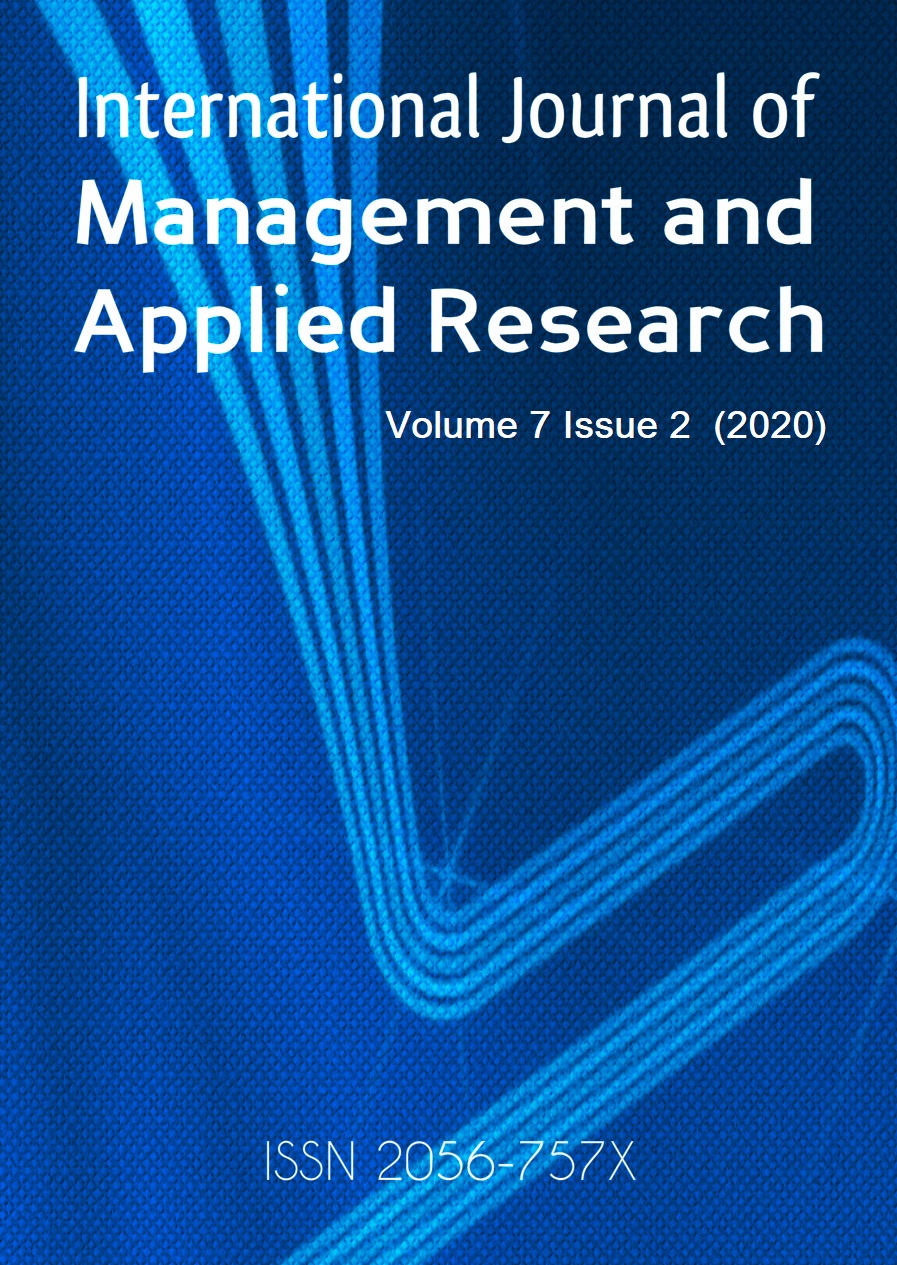The Use of Peer Instruction and Flipped Learning to Support Flexible Blended Learning During and After the COVID-19 Pandemic
The Use of Peer Instruction and Flipped Learning to Support Flexible Blended Learning During and After the COVID-19 Pandemic
Author(s): Chrissi NerantziSubject(s): Education, Adult Education, Higher Education , Educational Psychology, Social development, Management and complex organizations, Health and medicine and law, Social Norms / Social Control
Published by: New Millennium Discoveries Ltd
Keywords: Blended Learning; COVID-19 Pandemic; Flipped Classroom; Peer Instruction; Student Engagement;
Summary/Abstract: This article provides an overview of peer instruction and flipped learning, two active learning approaches, in the context of learning and teaching in higher education and illustrates their relevance during the COVID-19 pandemic. Peer instruction and flipped learning should be considered when designing for flexible learning. These approaches can stimulate learning and create seamless active engagement in fully online and blended settings even when switching between these modes becomes necessary due to developments in this pandemic. This transitioning between fully online and blended, as and when required, is something that is of high importance during these challenging times, especially for campus-based universities as they are keen to secure the smooth running of their programmes under difficult circumstances. This article provides practical advice for course designers, module and programme leaders on how they can utilise peer instruction or flipped learning to maximise student engagement and learning.
Journal: International Journal of Management and Applied Research
- Issue Year: 7/2020
- Issue No: 2
- Page Range: 184-195
- Page Count: 12
- Language: English

